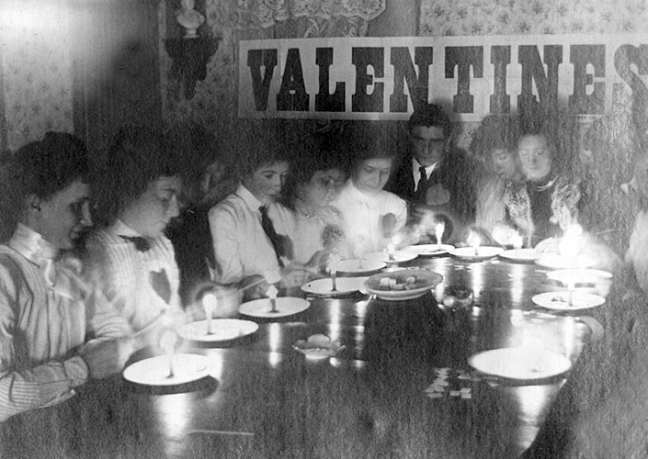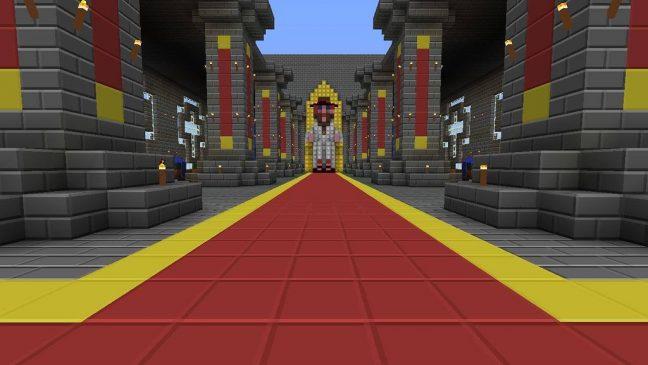Nintendo seems to have challenged their designers this year to rethink some of the longstanding mechanics and features of their biggest franchises. We saw the results of this in one of the best Pokémon games to be released in years, and a possible game of the year candidate in “Fire Emblem Awakening.” Overall, it’s been a great year for their Nintendo 3DS system, and Nintendo’s closing out the year with a rethinking of one of its biggest franchises in “The Legend of Zelda: A Link Between Worlds.”
It’s strange to say that a game which acts as a sequel to the 1992 game “A Link to the Past” is a “rethinking” of the franchise, but “A Link Between Worlds” does just that, and it all begins with the game’s signature mechanics. You get “Ravio’s Bracelet” as payment for rent when its owner, Ravio, takes up shop in your home. With this bracelet, Link can merge into the walls to become a mural. At face value, it’s a rather uninteresting but novel idea. But in practice, Nintendo has implemented one of the most interesting mechanics I’ve seen in any game — let alone any Zelda game — in years.
Every single puzzle and area needs to be rethought with the ability in mind, especially if you’ve played a previous title in the Zelda franchise. There was one area where I had to cross a small gulch. I tried everything to get over it, tried every item. Eventually I gave up to try again later, and when I did, I realized there was a wall right there. Right in front of my face. Looking back, I had even been warned that this would happen, but I still couldn’t catch it when it did.
Of course, Ravio isn’t only useful for his bracelet. One dungeon into the game, he literally sets up shop in your home, selling every item you’ll need for every dungeon in the game. This is the second point where “A Link Between Worlds” jumps ship from the traditional Zelda design. Instead of playing through a dungeon, getting an item and using it to beat that dungeon, you get all of the items at the start. You rent them from Ravio for a small price, and several dungeons into the game, you’ll be able to buy them from him outright. The difference? Ravio takes all of the items you’re renting back when you die. It’s an incentive to be frugal with your rupees (the game’s currency) so that if you die, you won’t have spent all of that money for nothing. But in practice, all I ended up doing was taking all of the items, saving the game much more often and resetting during the few times I actually died.
Having all of those items immediately, though? I couldn’t find a single reason for them not to be distributed as such. By being given all of the items immediately, you’re able to explore the entirety of the map — and it is large, for sure. Every inch of the world is full of life. Unlike past titles in the series, there is virtually no empty space. There’s always something to do, wherever you are. And even so, the world isn’t irksome to travel around in. Even though the world feels large, it still only takes about a minute to get from one end to the next — even less once you can fast-travel. The puzzles in the overworld sometimes can be as clever as those inside the dungeons themselves. And the dungeons are where the game really shines. Because you gain access to all of the items in the game almost immediately, you can go into every dungeon in the world in any order you want. The same is true for all the dungeons in the “dark world,” known as Lorule. This is something that I really enjoyed, since if I ever got stuck in a dungeon or felt too underpowered to defeat a boss, I could ignore it, leave, complete a different dungeon or challenge and retry later. Plus every dungeon has a fast-travel location right outside, meaning there’s no arduous journey to get back. By putting this system in place, “A Link Between Worlds” really gives players the freedom to explore the world and tackle the game however they see fit.
The only real detriment to this freedom of choice is, arguably, the story. The wizard, Yuga, is trying to capture the descendants of the seven sages from “A Link to the Past” to revive Ganon. That’s it for the most part, except for a few points early in the game and the ending. The good news: that’s all it needs to be. Zelda has always been about exploration and discovery, and this game nails it on the head. The puzzles are always interesting and, with Ravio’s Bracelet, very unique. While thin, the ending ties everything together quite nicely and left me with a sense that every piece of the game was put together more meticulously than any single puzzle they could have possibly placed within it.
Nintendo challenged their designers to rethink the basics of the Zelda franchise, and besides the smallest of blemishes, they may have struck gold. For Zelda fans, this is a definite must-buy, and for fans of the earlier games in the series, and those of you who have always considered getting into the series, I strongly recommend picking up “A Link Between Worlds.”



















